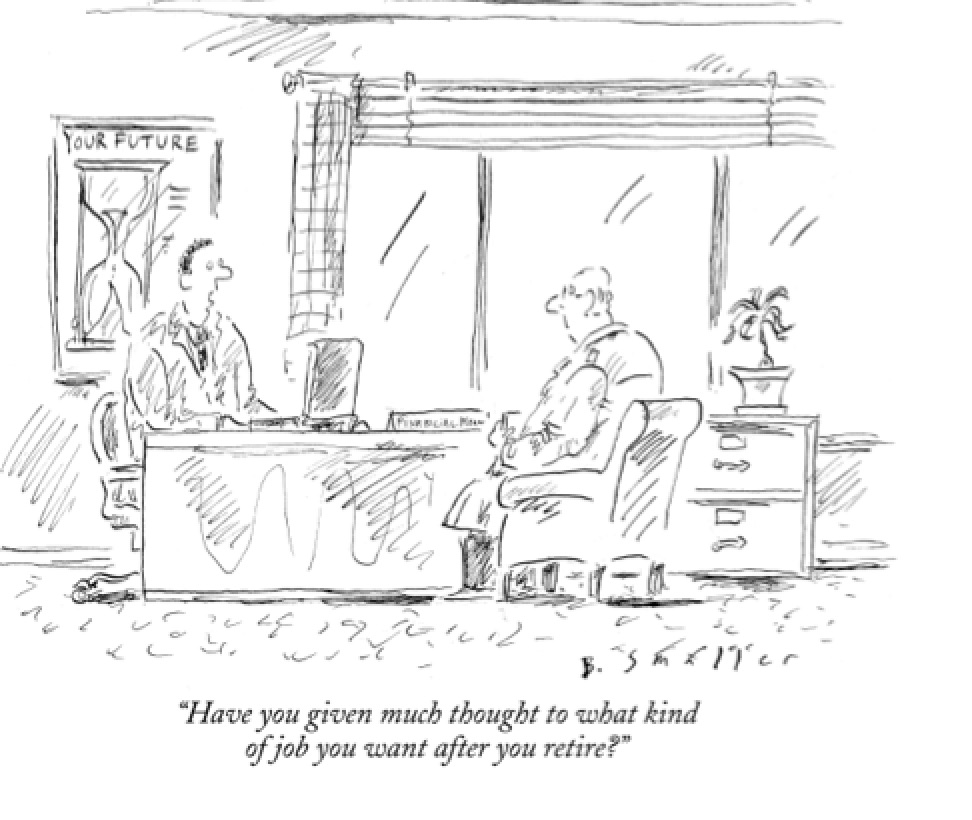What’s a cat got to do with it?
/Do you remember the thought experiment about Schrödinger's cat? You might wonder what Mr. Schrödinger's feline has to do with mediation? I recall listening to eyewitness accounts of a car crash and wondering if the witnesses all saw the same event. In the context of conflict, understanding the client’s point of view (and yours, as well) is critical. It's not a simple or easy thing to do.
Notions like "nature is neither here nor there" and the question "is there a true story, or is our belief in a definite, objective, observer-independent reality an illusion?" are fascinating for physicists. But, again, how do they relate to mediating lawsuits?
For my purposes, I regard the paradoxes of quantum physics as a metaphor for the unknown infinite possibilities that exist in every controversy I mediate. Science suggests that there is one true story, but that it has many facets, seemingly in contradiction. That is why bringing facts to light is central to understanding (and resolving) controversy.
In any conflict, people want to create an harmonious, attractive picture of their story. While looking through the prismatic lens of emotions, they gather together all of the facts ("facets") they need in order to create the picture they want. Then, using common sense, logic, reason, metaphysics, guile, you name it, they stitch these facts together into a “true” picture of their story. Even though they have all gone through a similar picture making process, the results are so different that they cannot recognize the others’ pictures as true. What they lose sight of is that while there was only one car crash, only one marriage, only one breach of contract, they all observed the event from their own unique perspectives and their pictures of the controversy reflect that fact.
These pictures at a distance create an illusion of a forest. If all you have to talk about in a negotiation is your picture, you may as well take everyone’s pictures of the forest, tape them to the wall and argue over whose picture of the forest is prettiest. Keep in mind, “pretty” does not often find its way into a courtroom. The challenge in mediation is to accept that there are as many pictures as there are stakeholders. The key to success is to move into the pictures in order to understand why the pictures look the way they do and then decide which picture makes the most sense, even if it isn't yours.
The New York Times, The Reality of Quantum Weirdness www.nytimes.com/2015/02/22/opinion/sunday/the-reality-of-quantum-weirdness.html



















